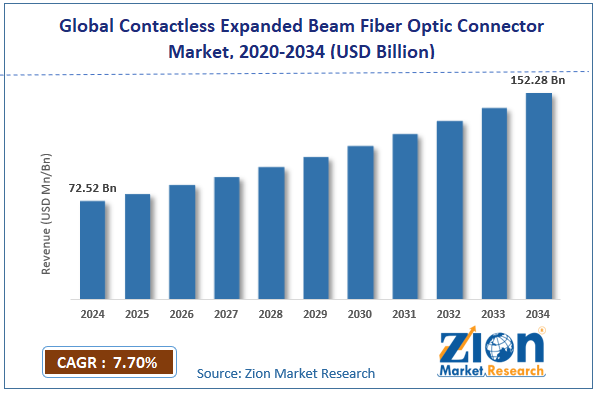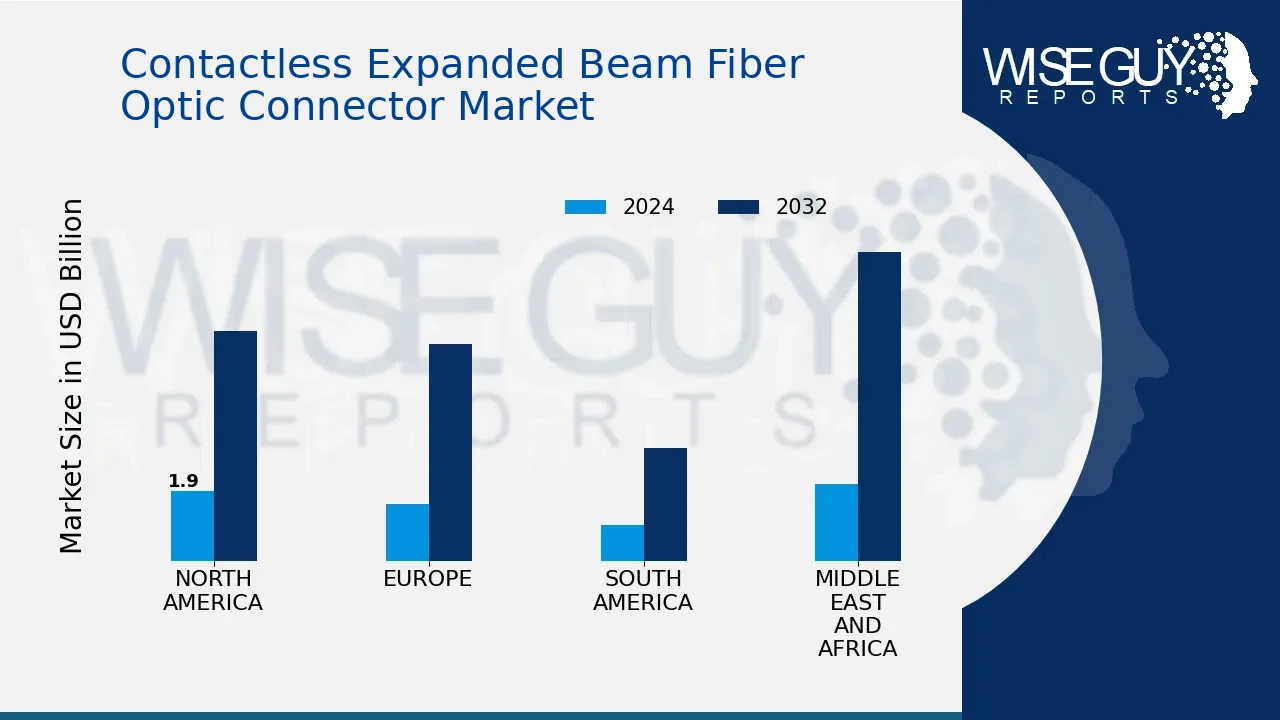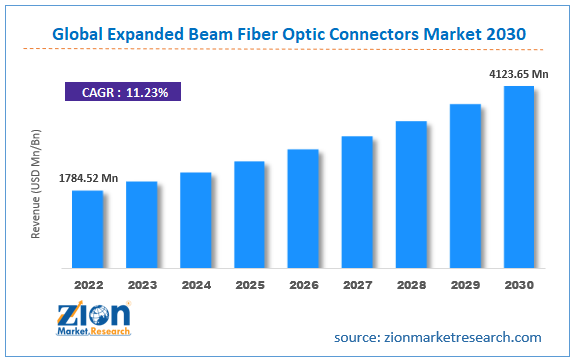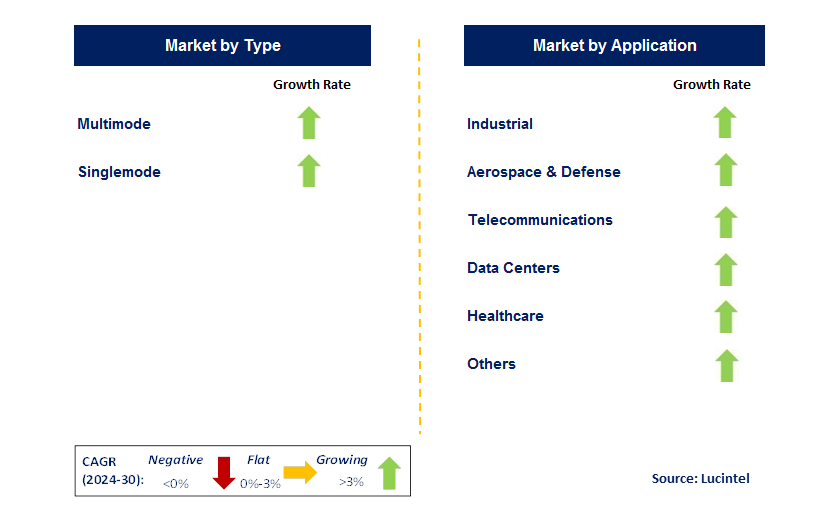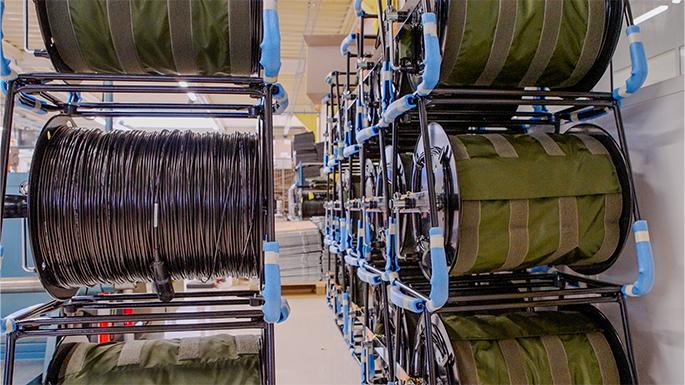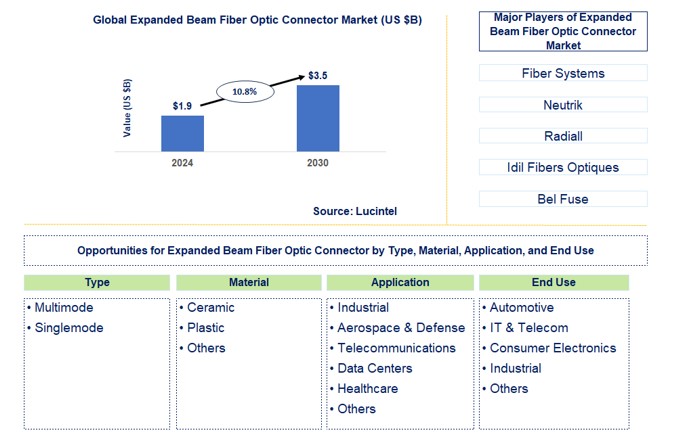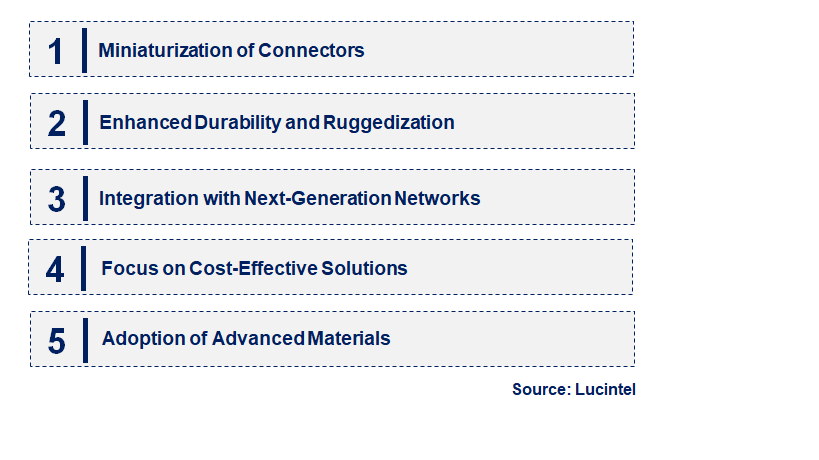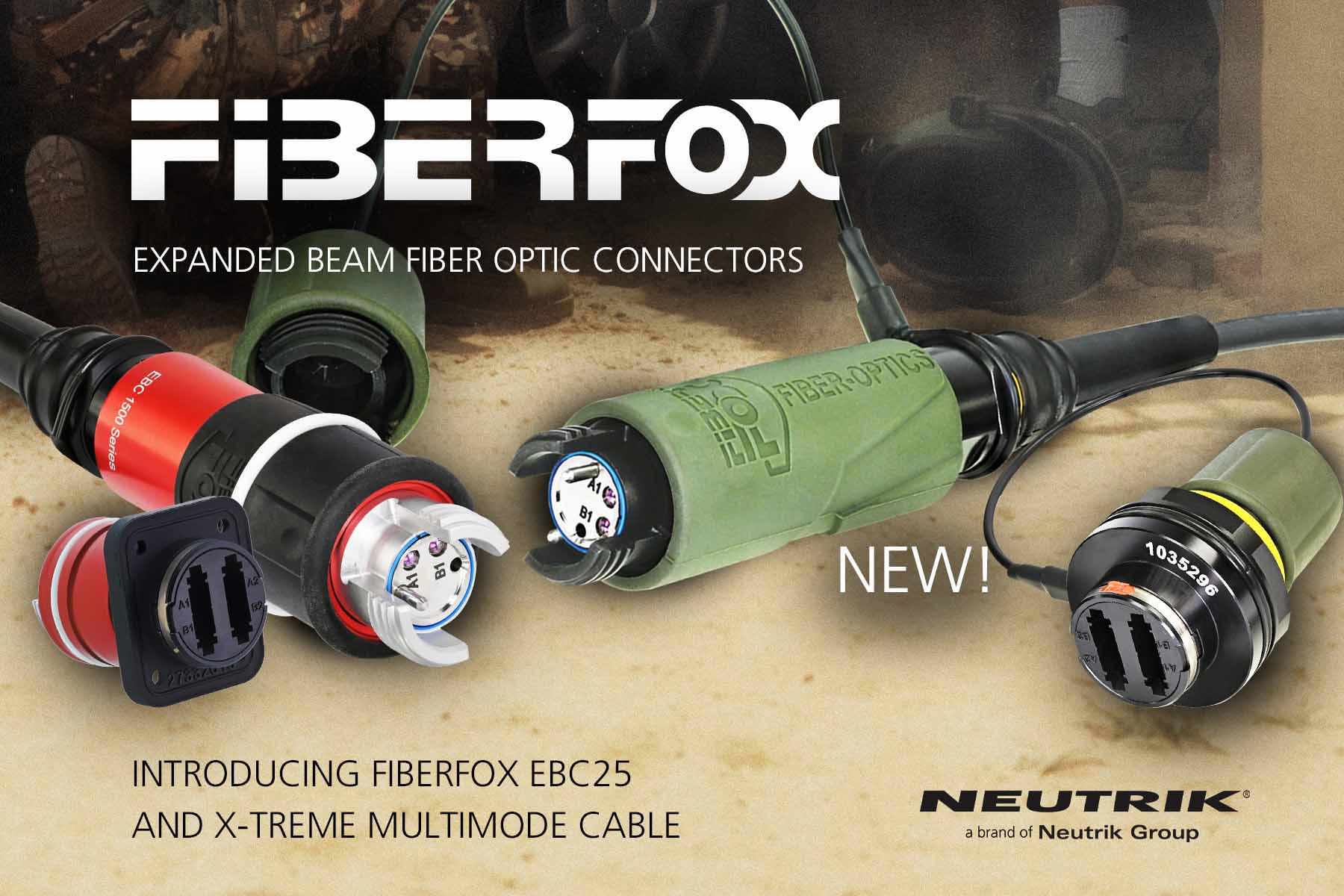Contactless Expanded Beam Fiber Optic Connector Market

In an era defined by exponentially increasing data demands and increasingly harsh operational environments, the integrity of fiber optic connections is paramount. Disruptions, however brief, can trigger cascading failures in critical infrastructure, resulting in significant financial losses and even jeopardizing public safety. A new generation of connector, the contactless expanded beam fiber optic connector, promises to revolutionize this landscape.
This article delves into the burgeoning market for these connectors, exploring the driving forces behind its growth, the key players shaping its trajectory, the challenges it faces, and its potential to redefine connectivity across diverse industries. This in-depth analysis examines market trends, technological advancements, competitive dynamics, and future prospects of this rapidly evolving sector.
Understanding the Contactless Advantage
Traditional fiber optic connectors rely on physical contact between the fiber cores to transmit light. This physical contact makes them vulnerable to contamination from dust, moisture, and other environmental factors. Such contamination can lead to signal degradation, reduced performance, and even complete connection failure, demanding frequent cleaning and maintenance.
Contactless expanded beam fiber optic connectors address these limitations by utilizing lenses to expand and collimate the light beam emitted from the fiber. This expanded beam traverses a small air gap before being focused back into the receiving fiber. This innovative design significantly reduces the impact of contamination, making these connectors ideal for harsh environments.
Key Benefits of Contactless Connectors
The benefits of contactless connectors are multifaceted. They offer superior resistance to dust, debris, and moisture. This robustness translates into lower maintenance costs and increased uptime, crucial in demanding applications.
Furthermore, the absence of physical contact minimizes wear and tear on the fiber end-faces. This leads to extended connector lifespan and improved long-term reliability. Contactless connectors are also generally more tolerant of misalignment, simplifying installation and reducing the risk of connection errors.
Market Drivers and Growth Factors
The contactless expanded beam fiber optic connector market is experiencing significant growth, fueled by several key drivers. One of the primary drivers is the increasing demand for high-bandwidth connectivity in harsh environments. This is particularly pronounced in industries such as aerospace, defense, oil and gas, and mining.
The rise of 5G networks is also contributing to market expansion. 5G infrastructure requires robust and reliable fiber optic connections to support high data rates and low latency. Contactless connectors are well-suited for these applications due to their resistance to environmental factors and their ability to maintain signal integrity over long distances.
Another important factor is the growing adoption of automation and robotics in various industries. These systems often operate in challenging environments where traditional connectors are prone to failure. Contactless connectors offer a more reliable and durable solution, enabling seamless operation and minimizing downtime.
Key Players and Competitive Landscape
The contactless expanded beam fiber optic connector market is characterized by a mix of established connector manufacturers and innovative startups. Leading players include companies like Amphenol, TE Connectivity, and Molex. These companies offer a wide range of contactless connectors designed for various applications.
Smaller, specialized companies are also playing a significant role in the market. These companies often focus on developing niche solutions for specific industries or applications. The competitive landscape is becoming increasingly dynamic as new players enter the market and existing players expand their product offerings.
Competition is intense, with companies vying for market share by offering innovative products, competitive pricing, and superior customer service. Strategic partnerships and collaborations are also becoming increasingly common as companies seek to expand their reach and leverage complementary expertise.
Challenges and Opportunities
Despite the significant growth potential, the contactless expanded beam fiber optic connector market faces several challenges. One of the main challenges is the higher cost of contactless connectors compared to traditional connectors. This cost premium can be a barrier to adoption in some applications.
Another challenge is the need for specialized knowledge and expertise to install and maintain contactless connectors. Proper alignment and cleaning are crucial to ensure optimal performance. Overcoming these challenges requires addressing user education and developing more user-friendly designs.
However, these challenges also present opportunities for innovation. Developing more cost-effective manufacturing processes and simplifying installation procedures can help to reduce the cost premium and improve user adoption. There are also opportunities to develop new and improved contactless connectors with enhanced performance and functionality.
Applications Across Industries
Contactless expanded beam fiber optic connectors are finding applications in a wide range of industries. In the aerospace and defense sector, these connectors are used in aircraft, satellites, and military vehicles. Their robustness and reliability are critical in these demanding environments.
In the oil and gas industry, contactless connectors are used in downhole drilling equipment, subsea communication systems, and other applications where exposure to harsh chemicals and extreme temperatures is common. They ensure reliable data transmission and control in these challenging environments.
In the medical field, these connectors are used in medical imaging equipment, surgical robots, and other critical applications where signal integrity and reliability are paramount. In industrial automation, they find use in robotic systems, control networks, and harsh industrial environments ensuring smooth reliable operation of automated systems.
Future Outlook and Trends
The future of the contactless expanded beam fiber optic connector market looks promising. As the demand for high-bandwidth connectivity in harsh environments continues to grow, the market is expected to expand significantly in the coming years. Technological advancements, such as the development of smaller and more cost-effective lenses, will further drive market growth.
One emerging trend is the integration of contactless connectors with other advanced technologies, such as integrated photonics. This integration will enable the development of more compact and efficient optical systems. Another trend is the increasing use of contactless connectors in new and emerging applications, such as autonomous vehicles and the Internet of Things (IoT).
The market report projects a compound annual growth rate (CAGR) of over 10% for the contactless expanded beam fiber optic connector market over the next five years. This growth will be driven by the factors discussed above, as well as the increasing adoption of contactless connectors in new and emerging applications. The industry is poised for sustained growth and innovation, solidifying its role in critical infrastructure and demanding applications.
